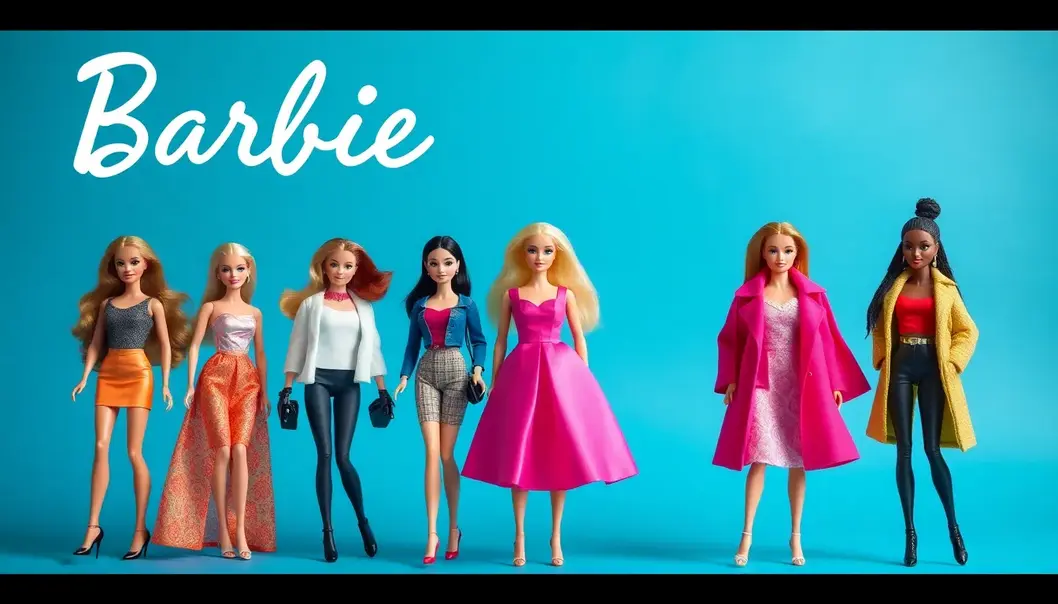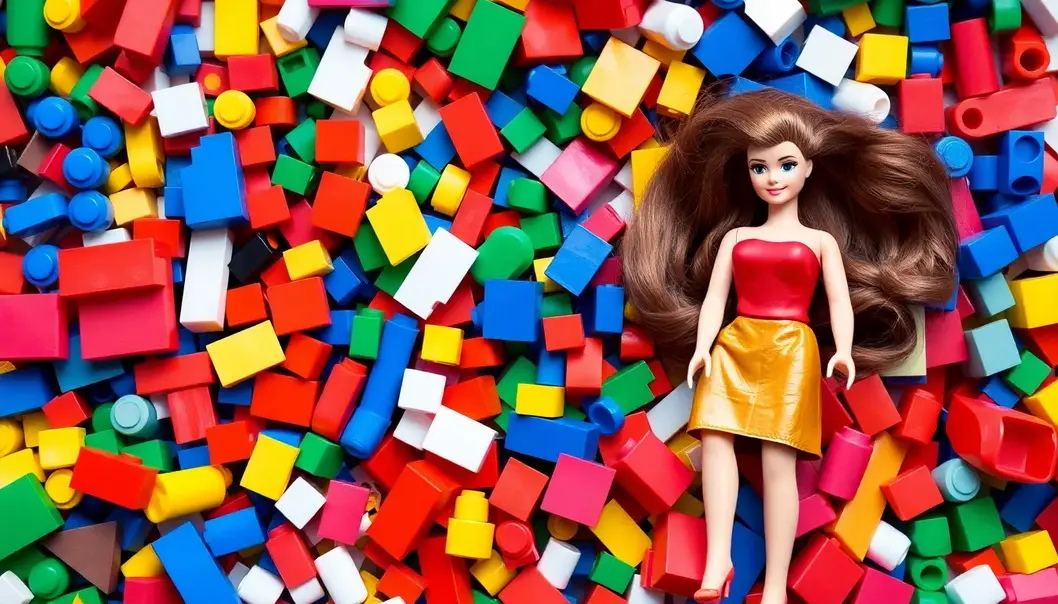Toys aren’t just playthings; they’re the architects of pop culture trends and collective nostalgia. From the dazzling lights of Simon to the heroics of action figures, some toys have become symbols of an era, shaping the way we engage with entertainment, fashion, and even technology. They remind us of simpler times while influencing lasting change across generations. This article explores two iconic toys that revolutionized the landscape of popular culture, morphing from simple gadgets into cultural juggernauts. Dive into this whimsical journey of playful legends that have defined styles, sparked imaginations, and captivated hearts across the globe.
Lego: Building Blocks of Imagination

In the kaleidoscope of toys that populate childhoods across decades, Lego stands as a monumental figure, transcending the realm of mere playthings to become a symbol of creativity and innovation. Originating from Denmark in the late 1940s, these iconic interlocking bricks revolutionized the way children and adults interact with the concept of construction. Their fundamental principle is simple yet profound: from a sea of uniformity, build something uniquely remarkable.
The essence of Lego lies in its limitless potential for creativity and expression. It empowers individuals to transform a basic collection of bricks into intricate architectural wonders or elaborate dynamic contraptions. This has led to remarkable feats, from the recreation of historical landmarks to the construction of futuristic cities. More than just child’s play, Lego has become a respected medium in the architectural community, offering a tangible exploration of design and spatial relationships.
Cementing its influence beyond playrooms and classrooms, Lego has carved a significant niche in popular culture. The collaboration with cinema has birthed blockbuster films, where audiences are invited to enjoy narratives crafted within a world entirely built of bricks. These movies highlight the versatility and imagination inherent in Lego, offering humor and storytelling that resonates with both the young and the young at heart.
Digital gaming has further expanded Lego’s reach by providing interactive experiences that multiply its possibilities. Video games steeped in the Lego format have captivated players by blending puzzle-solving with a dash of whimsy. Such games provide an engaging dimension that solidifies Lego’s presence in the digital age, demonstrating how physical play can seamlessly transition into virtual arenas.
Lego also serves as a powerful educational tool. Its use in classrooms encourages problem-solving skills and teamwork among students. Carefully crafted sets challenge budding minds to think critically and collaboratively. Here, the roles of engineer, artist, and storyteller converge, making education an engaging pursuit rather than a chore. The construction and deconstruction of Lego models cultivate resilience and persistence, vital skills in real-world problem-solving.
The cultural footprint of Lego extends into diverse fields, as it becomes a preferred medium for artistic expression and technological experimentation. Exhibitions worldwide showcase extraordinary works that blend art and science through Lego, engaging audiences of all ages.
Embracing change and diversity, Lego continues to inspire and evolve. It exemplifies how a toy can transcend its origins to become a staple for creative exploration and collaborative learning. As we take a closer look at the cultural impacts of playthings in subsequent chapters, let us remember the timeless appeal of these building blocks of imagination.
Barbie: Beyond the Dollhouse

Since her introduction in the late 1950s, Barbie has endured as more than just a plastic figure. She has transcended her initial role as the quintessential doll to become a mirror reflecting societal change and a muse for fashion and empowerment. Created in an era when women’s roles were evolving, Barbie arrived on the scene wearing a zebra-striped swimsuit and a confident expression, challenging the norms of post-war America. Her allure lay not only in her stylish wardrobe but in the freedom she represented—a contrast to the baby-doll toys that emphasized domestic roles for girls.
Barbie’s evolution over six decades tells a story of societal transformation. As the world around her has changed, so too has Barbie. She has donned countless hats, including those of an astronaut, a surgeon, and a presidential candidate, inspiring young girls to dream without boundaries. Each career choice challenged stereotypes and expanded the possibilities for play, reflecting the gradual breakdown of gender barriers in the professional world.
The doll’s impact on fashion is undeniable. Barbie’s wardrobe has mirrored the trends of each decade, from mod mini-skirts in the 1960s to power suits in the 1980s. Her influence extended onto the runways, where designers translated her style into real-world fashion collections. This interplay between toy and couture blurred the lines between childhood imagination and adult aspiration, cementing Barbie as a cultural icon in the fashion industry.
Yet, Barbie has not been without controversy. Discussions around body image have been particularly poignant, as her unattainable physique sparked debates about beauty standards. In response to shifting attitudes, recent years have seen Barbie’s transformation towards inclusivity, with dolls exhibiting diverse body types, ethnicities, and abilities. This evolution signals a broader cultural shift towards celebrating diversity and accessibility.
Barbie’s role in pop culture extends beyond physical representation; she continues to be a vehicle for storytelling and media. Animated films and web series have broadened her audience, introducing complex narratives that emphasize friendship, leadership, and environmental consciousness. In doing so, Barbie continues to nurture imagination, providing a canvas for the stories young minds weave—a testament to her enduring legacy as a toy legend influencing not just play, but perception.
The enduring power of Barbie lies in her versatility and adaptability. She remains a part of the dialogue on how society views gender, identity, and progress. As Barbie navigates the challenges of modernity, she reflects the hopes and aspirations of those who have grown up with her, continuing to inspire and challenge cultural norms.
Final words
Toys like Lego and Barbie are more than passing fads; they are seminal influencers in pop culture. These iconic toys have sparked creativity and cultural dialogue, leaving a legacy that transcends generations. Their ability to adapt and inspire continues to attract both young and old, proving that the power of play is timeless, while also propelling forward ideas and movements that resonate on a global scale.
Uncover more iconic toys that have shaped our culture and trends. Explore our exclusive collection today!
Learn more: https://www.toylibrary.com/explore-iconic-toys
About us
ToyLibrary offers an exclusive selection of timeless and iconic toys that have influenced pop culture. Rediscover your favorites and explore new inspirations through our curated collection of playthings that transcend generations.

